If you have a large block of land and you’re not making full use of it, you may feel that subdividing the land could be a great investment. There are a range of things you can do with a subdivision project.
But what if your property is still mortgaged? Can you legally split your land if you’re still paying off your home loan? In this article, we will cover the basics of subdividing with a mortgage, and share a few tips on how to do it successfully. Let’s get started!
Key Takeaway
Before you can subdivide your land, it's important to check the rules and regulations in your area. Most areas will require that any property with a mortgage be approved for subdivision by both the lender and local authorities before any action is taken. Once approved, there are usually fees involved in creating new titles for each of the subdivided lots as well as survey costs and legal fees.
Can I Subdivide a Property With an Existing Mortgage?
Yes, you can subdivide a property with a mortgage. However, it is important to seek professional advice before you do so and determine if your current loan structure will allow for subdivision. If not, you may need to secure additional funding from your lender or other financial institution to cover the costs of a subdivision.
What Are Some Things to Consider?
When considering whether or not you can subdivide with your existing mortgage, there are a few other things that you’ll need to take into account.
Zoning regulations – Make sure you familiarize yourself with local zoning laws and regulations to ensure that your subdivision will be in compliance with local rules.
Development charges – Different communities have different development charges or fees for subdividing a property, so make sure you understand what those costs may be before beginning the process.
Building permits and inspection requirements – Before you begin, check with your local council regarding building permits and inspection requirements for subdivision.
Utility connections – When subdividing a property, you may need to arrange for additional utility connections such as electricity or sewerage. Make sure you check what these costs might be before beginning your project.
What Should I Do Next?
Once you’ve determined that it is feasible to subdivide your property with an existing mortgage, it’s important to put together a plan of action. Start by speaking to a financial advisor about any additional mortgage requirements you may need, or any other funding sources that could help cover the costs of subdividing.
You’ll also want to speak to an experienced subdivision planner or surveyor who can help you understand the perimeter requirements, as well as any other regulations that may affect your project. Finally, make sure to reach out to your local council for any additional information or guidance they can provide.
When Do I Inform My Bank About a Subdivision?
When you're considering a subdivision project with an existing mortgage, it's important to be upfront and open about your plans. As soon as you decide to move forward with the project, inform your lender or financial institution of your intentions so that they are aware of your plan and can adjust any loan terms to ensure you have enough
What Do I Need for My Bank to Approve a Subdivision?
When you reach out to your bank or lender regarding a subdivision project, they may require additional documentation from you in order to approve the project. This can include detailed plans for the subdivision, an updated valuation of the land, and any other information that will help them understand your intentions. Be sure to provide all requested documents as soon as possible in order to ensure a smooth approval process.
It is also a good idea to speak with your lender about potential changes to the loan structure that may be necessary for the project, such as extending the loan term or increasing the mortgage amount. This will help you prepare for any potential changes and ensure that you have enough funds available throughout the subdivision process.
Can I Sell Subdivided Land With a Mortgage?
Yes, you can sell subdivided land with an existing mortgage. However, it is important to speak with your lender before proceeding and ensure that the sale of the land will not conflict with your loan terms. Your lender may also require additional information from you in order to sign off on the sale; be sure to provide any requested documents as soon as possible.
Finally, make sure that you understand the tax implications of selling subdivided land with a mortgage before you proceed. Depending on your situation, there may be capital gains taxes or other fees associated with the sale – so it’s important to plan ahead and understand what these costs will be.
Do I Need to Refinance to Subdivide?
Not necessarily. Many lenders are willing to adjust existing loan terms to accommodate a subdivision project without a full refinance. This may include extending the loan term or increasing the mortgage amount in order to cover additional costs associated with the subdivision process.
However, it is important to speak with your lender prior to beginning any subdivision project and determine what adjustments, if any, must be made to your loan in order for the project to move forward.
Subdivision Alternatives for Land With a Mortgage
If you’re unable to subdivide with an existing mortgage, there are still a few alternatives that may be available. One option is to seek out additional funding from another lender or financial institution in order to cover the costs of the project. This may require refinancing your current loan but could help reduce some of the strain associated with subdividing.
You may also consider partnering with a developer or other individual who can help you cover the costs of subdivision and share in the profits generated from the sale of the subdivided land. This option can be beneficial for both parties, as long as agreements are made upfront regarding any allocations of profits that will be made.
How Do I Know if My Subdivided Land Will Sell?
It can be difficult to determine whether your subdivided land will sell, as there are many factors that can affect its market value. However, there are a few steps you can take.
First, make sure to research local markets and understand what potential buyers may be looking for in terms of size, location, and features. Additionally, be sure to work with a qualified local real estate agent who can provide you with valuable insights into the market and help you set realistic pricing for your land.
Finally, make sure to create attractive listing materials that showcase the features of your subdivided land and highlight any potential benefits it offers. This will help attract interest from potential buyers and increase the chances of a sale.
Final Thoughts
Subdividing a property with an existing mortgage can be a great way to create additional value out of your land. However, it is important to take the time to research and understand all of the regulations, costs and loan requirements associated with such projects before taking the leap. With the right information and preparation, you can ensure that your subdivision project will be both successful and profitable.


















